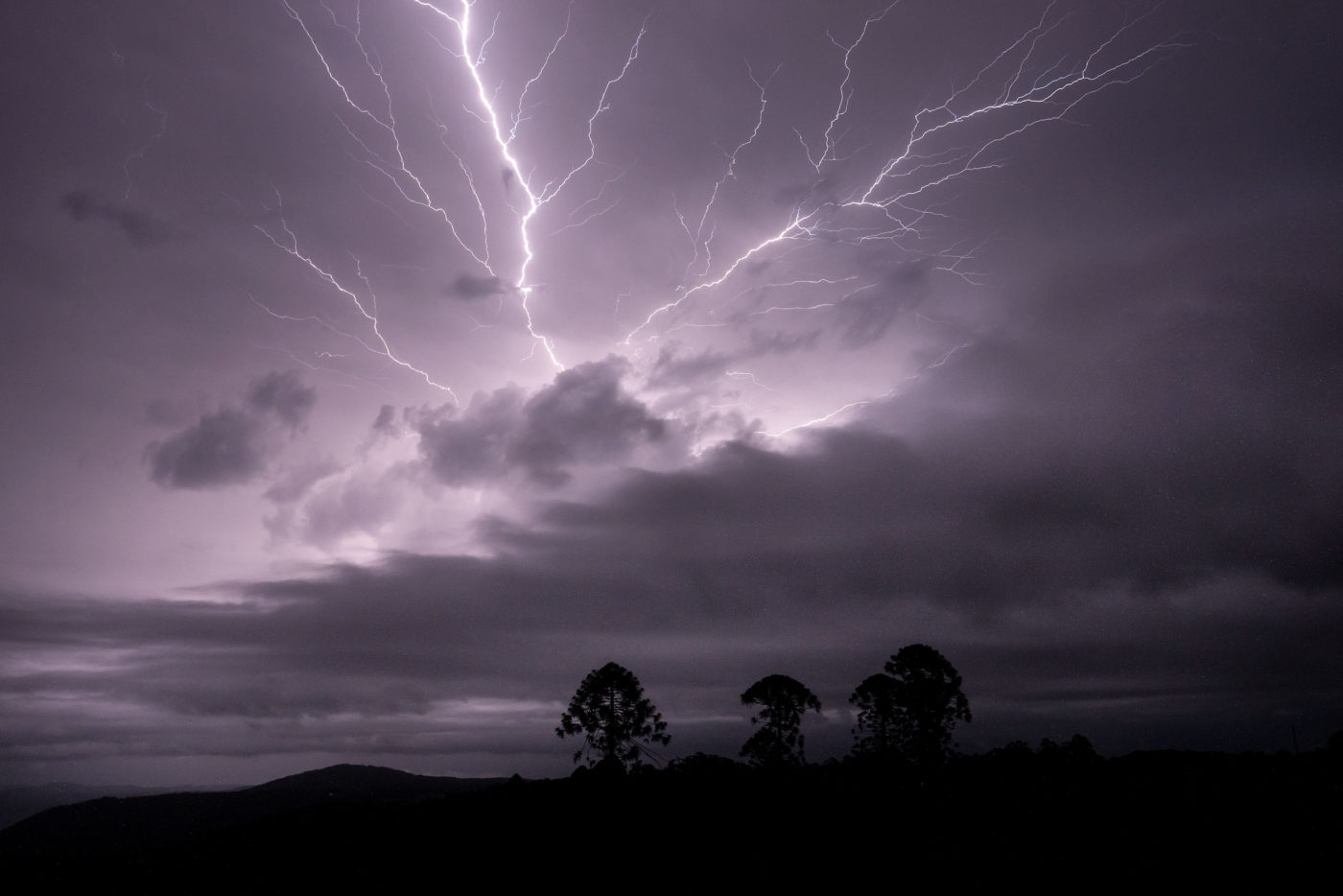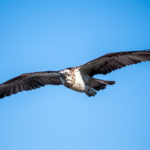Tip of the month: January 2023. Photographing lightning at night.

It’s almost impossible to explain how to shoot lightning, as no two events are ever quite the same. And I don’t just mean every storm is different – every flash of lightning is different, so the perfect settings for one flash might be completely wrong for the next. But I got a pretty good shot of my own recently, so at least I can tell you how I managed to get this one.
FOR THE RECORD, THIS SHOT WAS TAKEN AT 200 ISO / F-8 / 15 SECONDS EXPOSURE.
- Storms at night are easier to shoot, because you can keep the shutter open for longer. You don’t need ‘lightning fast’ reflexes to get the shot; you just need to make sure the shutter is open when the lightning flashes.
- If it is dark and there are no street lights around, the actual shutter speed is almost irrelevant. The shutter can be open for a long time, but the exposure really only takes place when the lightning flashes.
- Shoot with a low ISO to prevent unnecessary noise issues. I prefer 200 ISO.
- Exposure is controlled by the aperture (remember shutter speed is irrelevant). If you have your aperture wide open, you will most likely overexpose bright flashes of lightning. F-8 is a good place to start.
- Use a wider-angle lens than you might think you need. Just because the last flash happened right in front of you, that doesn’t mean the next flash won’t happen far away to your left or right. So shoot a little wider and crop later if necessary.
- Use a tripod, and either a remote release or a 2-second delay. You need to be sure the camera is not wobbling when the photo is taken.
- Use MANUAL FOCUS. Autofocus is very difficult in the dark – next to impossible on some cameras. Switch to manual focus and focus on infinity.
- Keep shooting. Once you have figured out your best settings, keep shooting with little or no break between shots. If you keep stopping to admire your previous shots, there is a good chance you’re going to miss the best flash of the night.
a few words about safety
- No photo is worth risking your life for. Your best photos are likely to come when the storm is not too far away. But if you think it’s getting TOO close, then it probably is. Always stay close to your vehicle and have your vehicle pointed AWAY from the storm, so you can make your getaway quickly.
- Don’t set your tripod up under trees.
- If you are out taking photos on your own, make sure someone knows where you are.
- Keep the weather radar on your phone so you can get a sense of which way the storm is moving, and if it is escalating into something very dangerous.
Andrew Goodall
January 17, 2023
Uncategorized
Comments are closed.

© Copyright 2024 Natures Image


